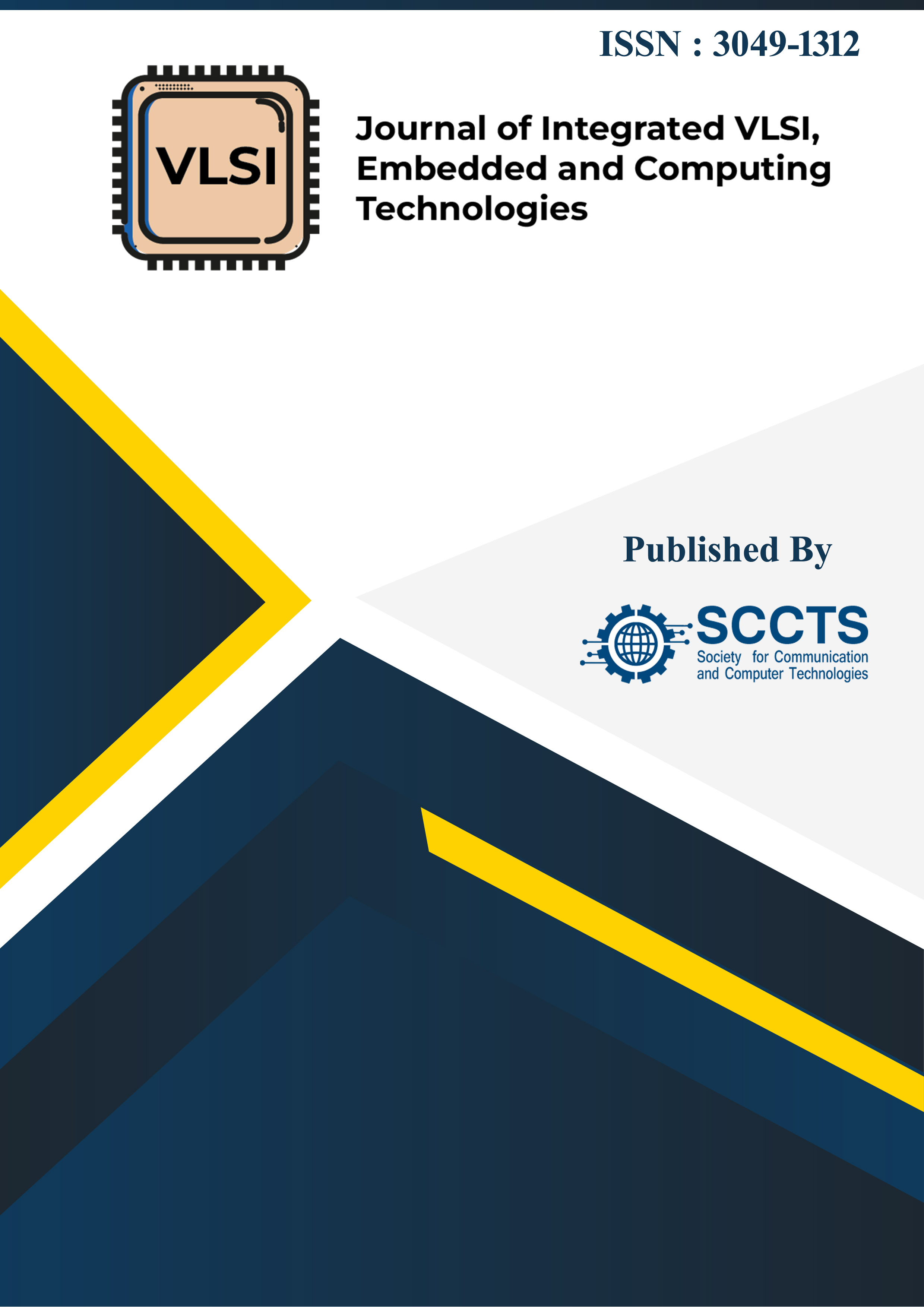Low-Power Design Techniques for VLSI in IoT Applications: Challenges and Solutions
DOI:
https://doi.org/10.31838/JIVCT/01.01.01Keywords:
Low-power VLSI, IoT applications, Energy efficiency, Dynamic voltage scalingAbstract
Designing low-power Very Large Scale Integration (VLSI) circuits for Internet of Things (IoT) applications presents distinct challenges and significant opportunities. This paper examines the crucial techniques for reducing power consumption in VLSI circuits specifically designed for IoT devices, where energy efficiency is critical. The main methods covered include clock gating, power gating, and dynamic voltage and frequency scaling (DVFS), along with the use of low-power design libraries. The paper also tackles the inherent difficulties in achieving low-power designs, such as balancing trade-offs between power, performance, and area, managing process variations, and ensuring effective thermal management and reliability. By presenting detailed case studies of successful low-power VLSI implementations in IoT devices, the paper highlights practical solutions and best practices. Additionally, it explores future directions and emerging solutions, including the potential of advanced materials, the integration of artificial intelligence for power management, and the development of ultra-low-power and energy-harvesting IoT devices. This comprehensive analysis aims to provide a roadmap for researchers and practitioners in the field, guiding the design of energy-efficient VLSI circuits for the growing IoT ecosystem.





